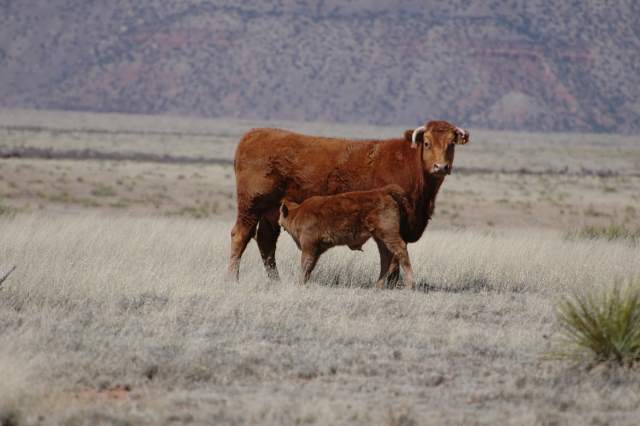On becoming a (more) sustainable rancher
There has been a lot of talk about sustainable beef production. As you study the basics, however, you may find that you’re already on your way.
December 15, 2016

A common question I often get is: What can I do to become a more sustainable rancher? With a follow-up question of: How do I learn sustainable grazing practices?
I’m encouraged by these questions since they show an increase in the awareness of the importance of sustainability, but also an increase toward actually learning and applying sustainable practices.
Although there is an increasing need for more practical field-based sustainable ranching training, there are some very good resources available.
My standard recommendation is to start by doing some basic background reading, assess current understanding, begin to apply principles, and engage in local and region sustainable conservation initiatives such as your conservation district, NRCS programs and others.
After you’ve developed a basic foundation, attend formal training. Lastly, I recommend directly engaging with a mentor and/or consultant who will be an on-the-ground coach focused on your ranch, and who can offer specific feedback.
Here are my recommended steps to begin the sustainable ranching journey:
Read as much as you can from the following people: Burke Tiechert’s series of articles in BEEF and on beefmagazine.com; Alan Savory, Holistic Management; Jim Gerrish, Kicking the Hay Habit; Walt Davis, How Not to Go Broke Ranching; Dave Pratt, Ranching for Profit, and; Jim McGrann, SPA. There are others, but this is a good start.
Attend holistic management workshops. Learning the basics of holistic management provides an important foundation to build upon. The Savory Institute and Holistic Management International are two organizations that can help a person find a workshop. Just as worthwhile is attending a Ranching for Profit school. The Ranching for Profit curriculum builds upon holistic management with a stronger focus on the business aspect of ranching.
Attend a grazing school. Dallas Mount at the University of Wyoming has developed a very good grazing school, as well as a ranching practicum course. Both are very good, and highly recommended. The University of Idaho and the University of Missouri also have grazing schools. There are other grazing schools offered both privately and through Extension. The best include on-the-ground, in-the-field training.
Study the Sustainable Ranching Workbook developed by the Sustainable Rangeland Roundtable. The Ranch Assessment Guidebook is an excellent resource and reference tool that helps create a vision of what sustainable ranching looks like.
Engage in soil conservation/watershed conservation district activities, as well as NRCS field days and workshops. These groups often conduct field days, seminars and other training. The ones I'm aware of are very good. Groups such as the Society for Range Management, the American Forage and Grassland Council, and the National Grazing Lands Coalition provide training and other events from time to time that provide good learning opportunities, and the opportunity to engage with a community of experts.
Learn from successful ranchers by reading up on the Environmental Stewardship Award and the Leopold Award, both programs that highlight ranchers who have done excellent conservation work
Once you’re ready to start applying the lessons learned from the above, I highly recommend using a consultant or mentor who can help you avoid common challenges and figure out how to apply sustainability practices on your specific ranch. There are several highly recommended experts who are able to fill this role.
This is a very quick and incomplete list. However, I hope this helps and at a minimum provides some places to start.
Bryan Weech is a consultant and adviser on sustainable agricultural projects. Contact him at [email protected].
You May Also Like



